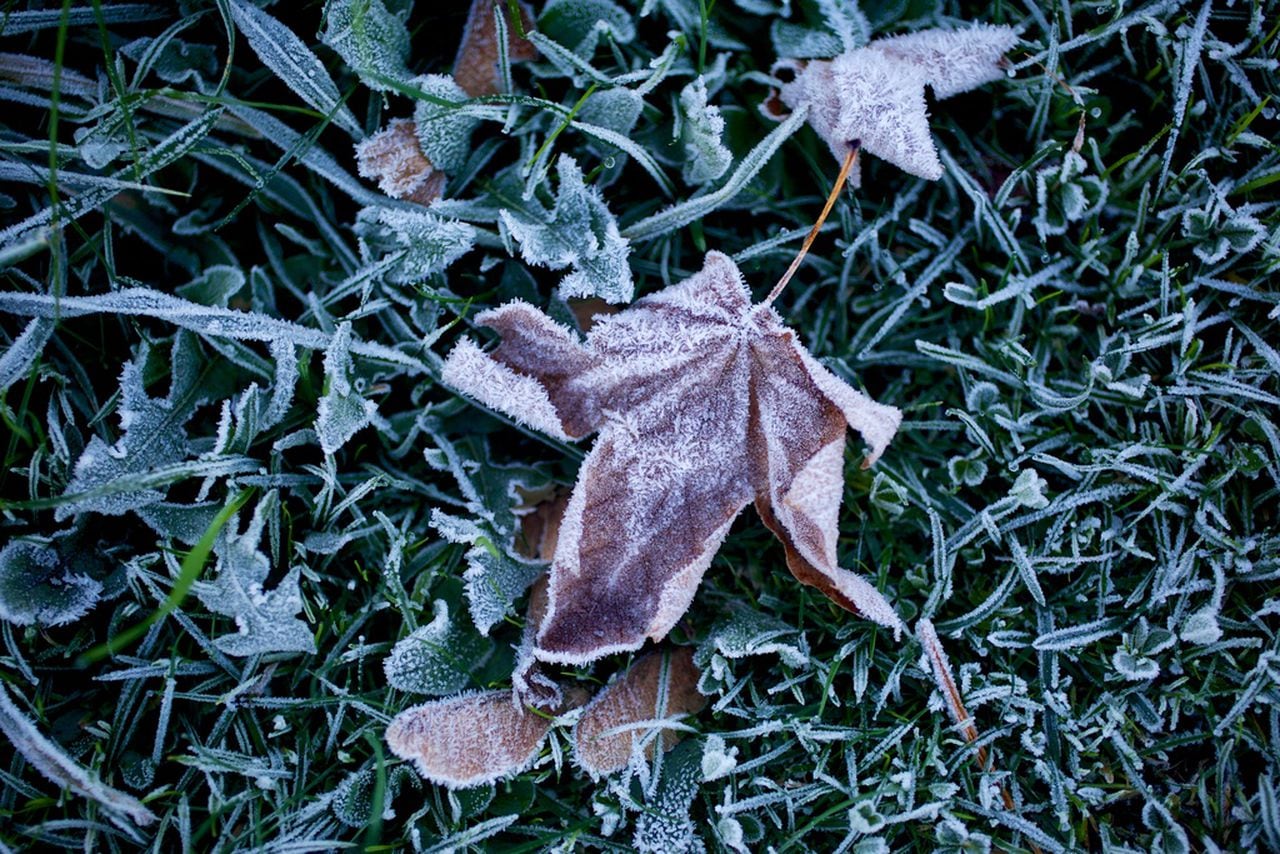Timely advice on garden chores, fertilizing, pest control, and more from OSU Extension.
These tips are not necessarily applicable to all areas of Oregon. For more information, contact your local Extension office.
Oregon State University Extension Service encourages sustainable gardening practices.
Practice preventive pest management rather than reactive pest control. Identify and monitor problems before acting, and opt for the least toxic approach. Conserve biological control agents such as predators and the parasitoids that feed on insect pests.
Maintenance and cleanup
- Western Oregon: Do not walk on lawns until frost has melted.
- Spread wood ashes evenly on your vegetable garden. Use no more than 1.5 pounds per 100 square feet per year. Don’t use if the soil pH is greater than 7.0 or if potassium levels are excessive.
- Protect new landscape plants from wind. Use stakes, guy wires or windbreaks as needed.
- Yard sanitation: rake leaves, cut and remove withered stalks of perennial flowers, mulch flowerbeds, and hoe or pull winter weeds.
- Turn the compost pile and protect from heavy rains, if necessary.
- During heavy rains, watch for drainage problems in the yard. Tilling, ditching, and French drains are possible short-term solutions. Consider rain gardens and bioswales as a longer-term solution.
- Check stored flower bulbs, fresh vegetables, and fruits for rot and fungus problems. Discard any showing signs of rot.
- Tie limbs of columnar evergreens to prevent snow or ice breakage.
- Central/eastern Oregon: Water your plants every six to eight weeks with a deep soaking to keep them from drying out.
- Western Oregon: Make sure that landscape plants in protected sites receive water regularly during the winter.
Planting and propagation
- Western Oregon: This is a good time to plant trees and landscape shrubs.
Pest monitoring and management
Use chemical controls only when necessary and only after thoroughly reading the pesticide label. First consider cultural, then physical and biological controls. Choose the least-toxic options, and use them judiciously. Some examples include insecticidal soaps, horticultural oils, botanical insecticides, and organic and synthetic pesticides.
- Monitor landscape plants for problems. Don’t treat unless a problem is identified.
- Check for rodent damage around bases of trees and large shrubs. Remove weeds to prevent rodents from using them as hiding places. Use traps and approved baits as necessary.
- Avoid mounding mulching materials around the bases of trees and shrubs. The mulch might provide cover for rodents.
- Monitor spruce trees for spruce aphids. Treat if present in large numbers. Read and follow pesticide label directions.
Indoor gardening
- Protect poinsettias from cold. Place them in sunlight; don’t let the leaves touch cold windows. Fertilize with houseplant fertilizer to maintain leaf color.
- Monitor houseplants for adequate water and fertilizer. Water and fertilizer requirements generally are less in winter.
— OSU Extension Service
